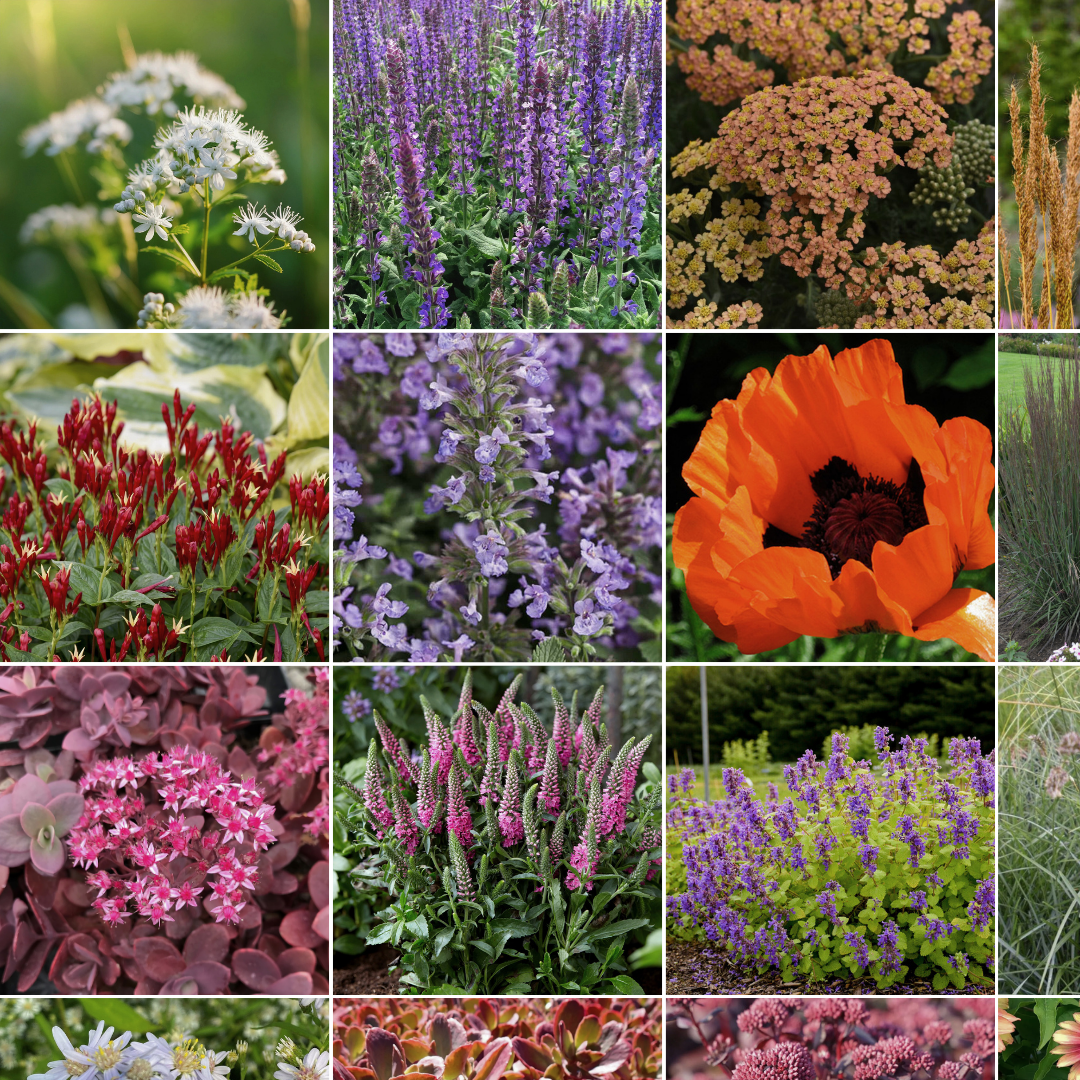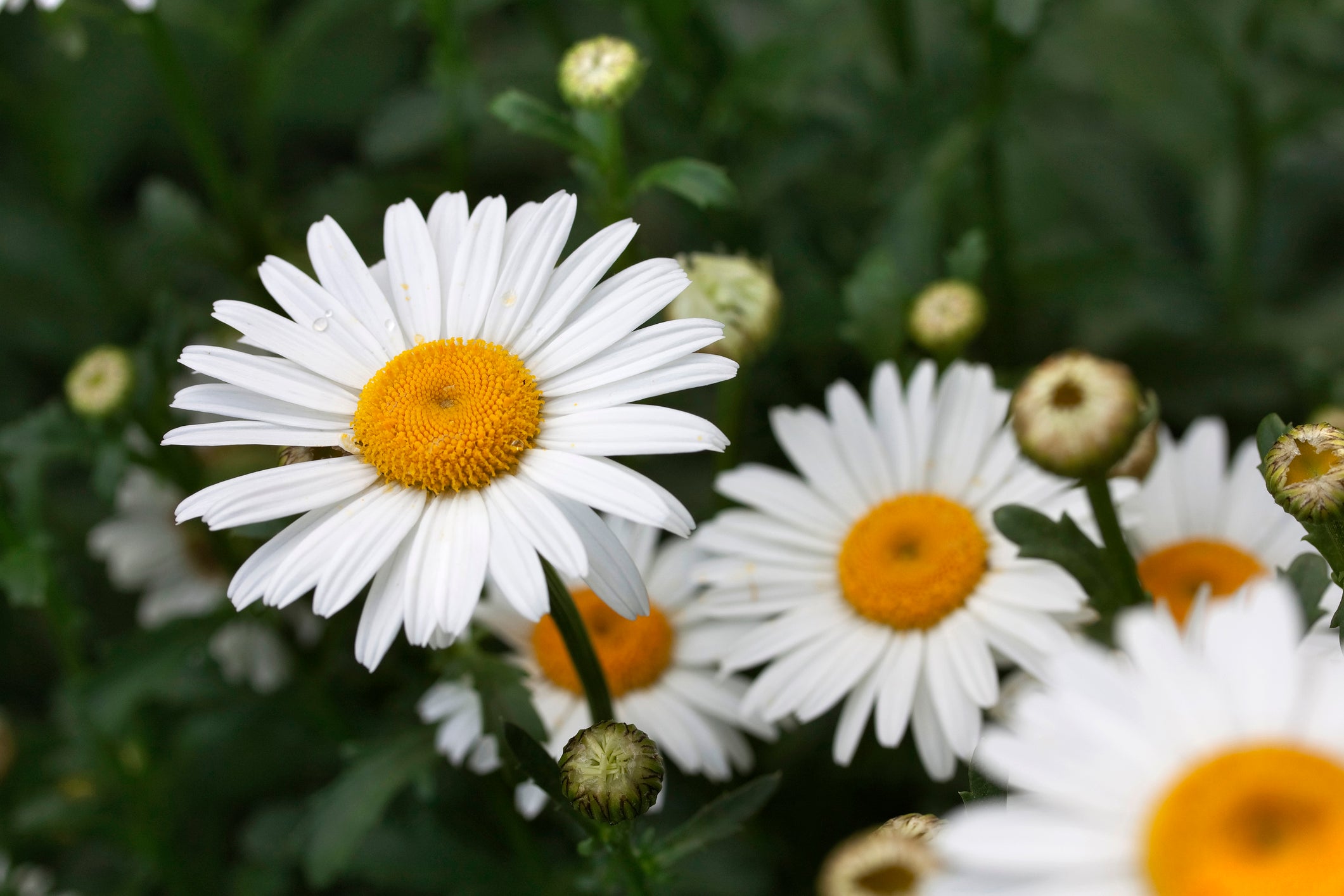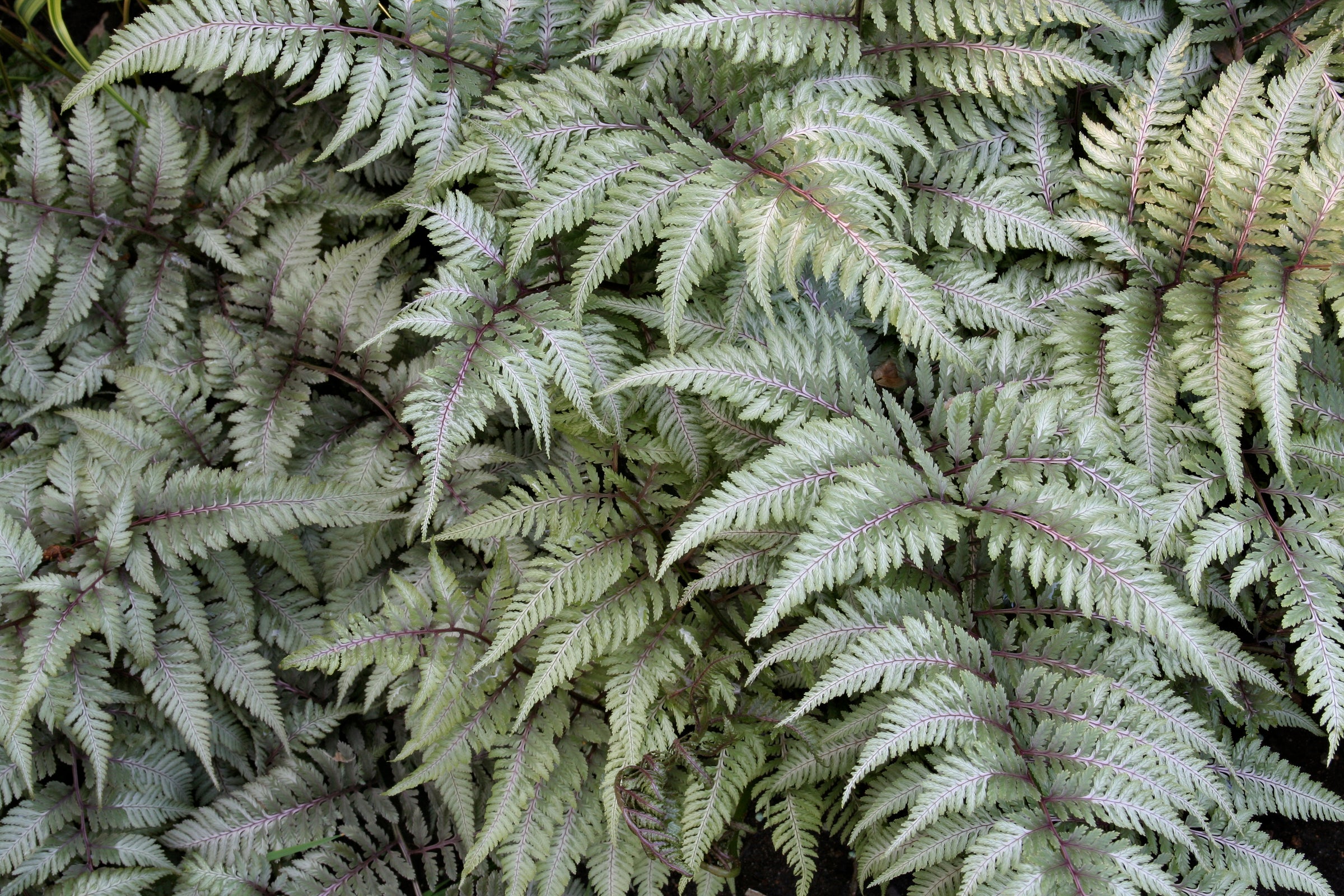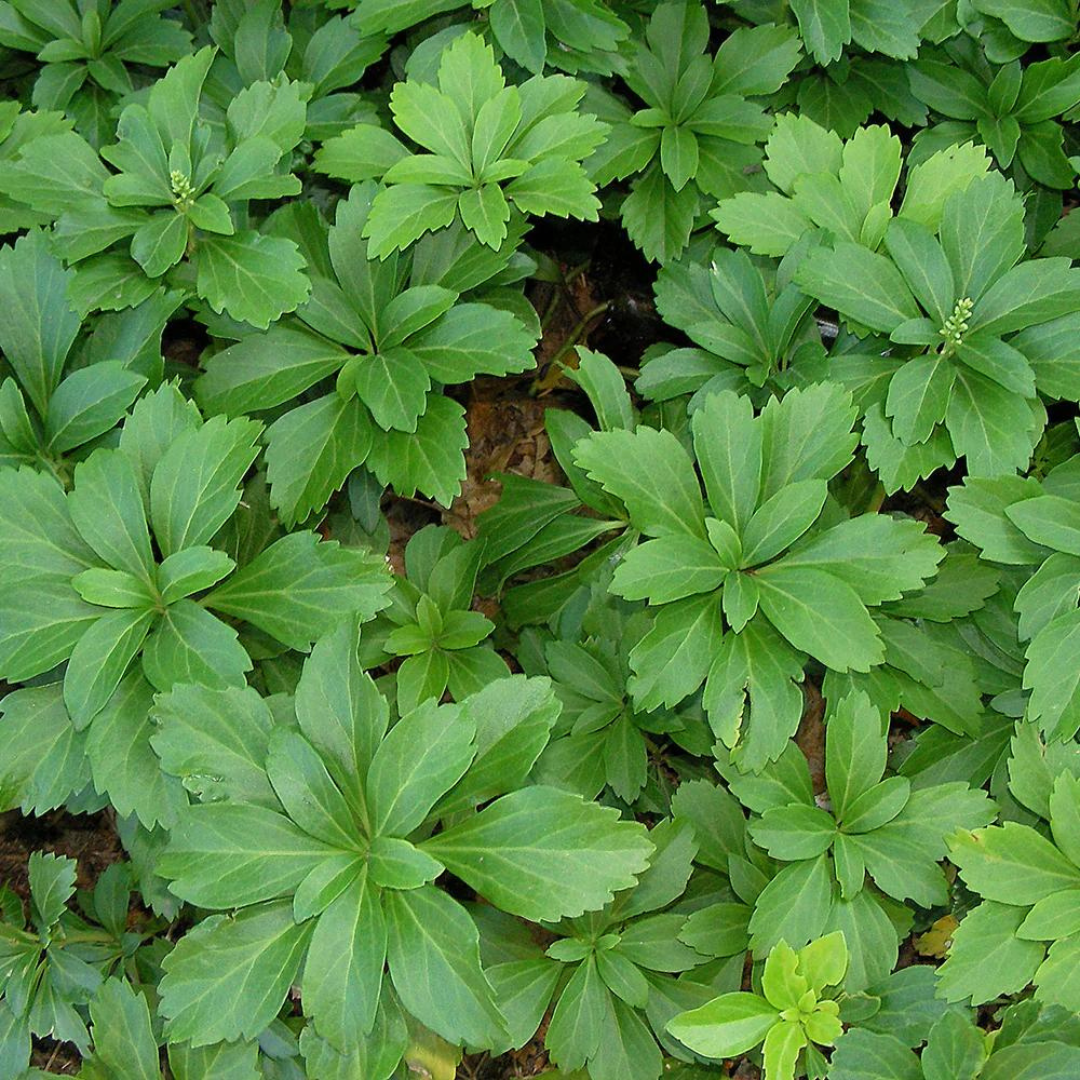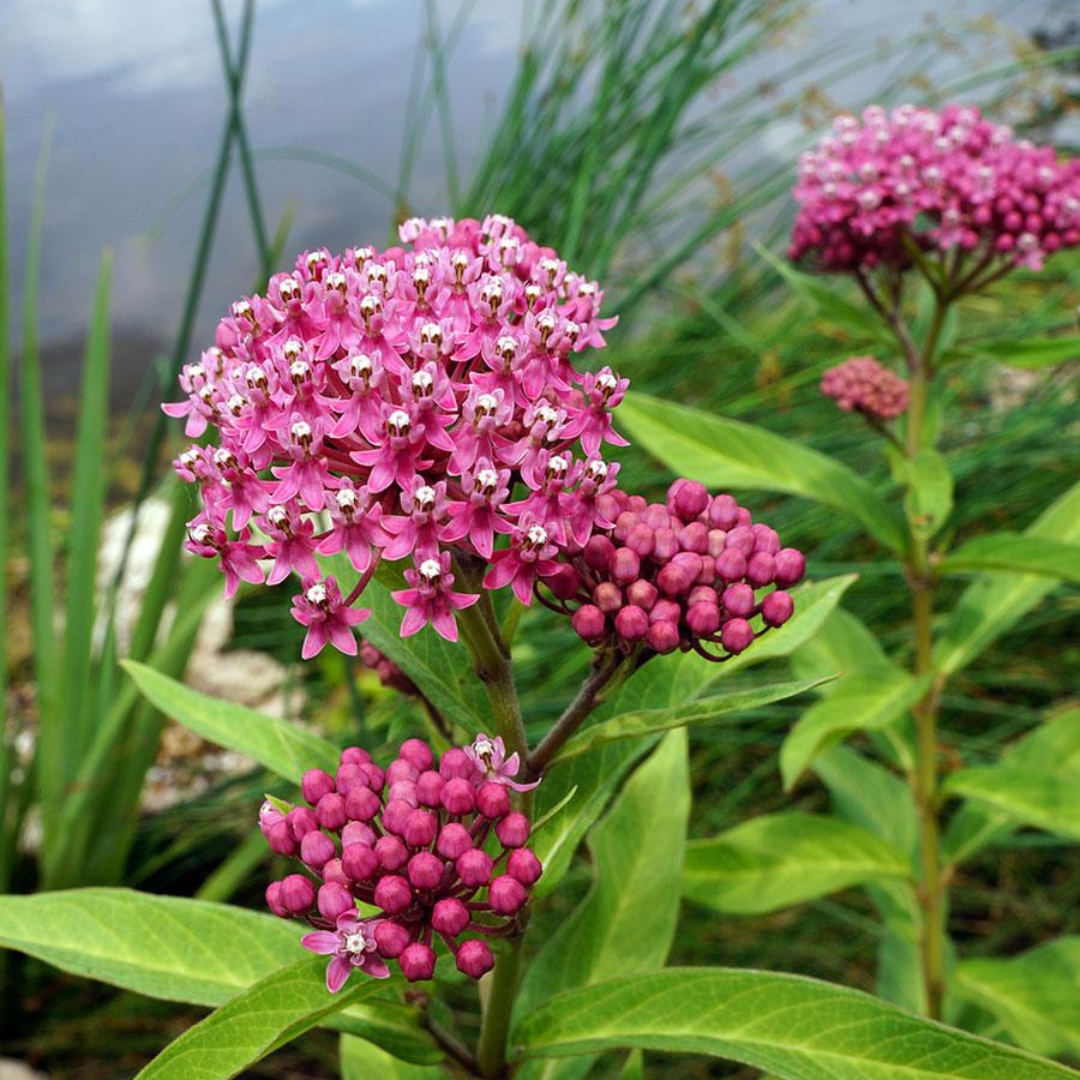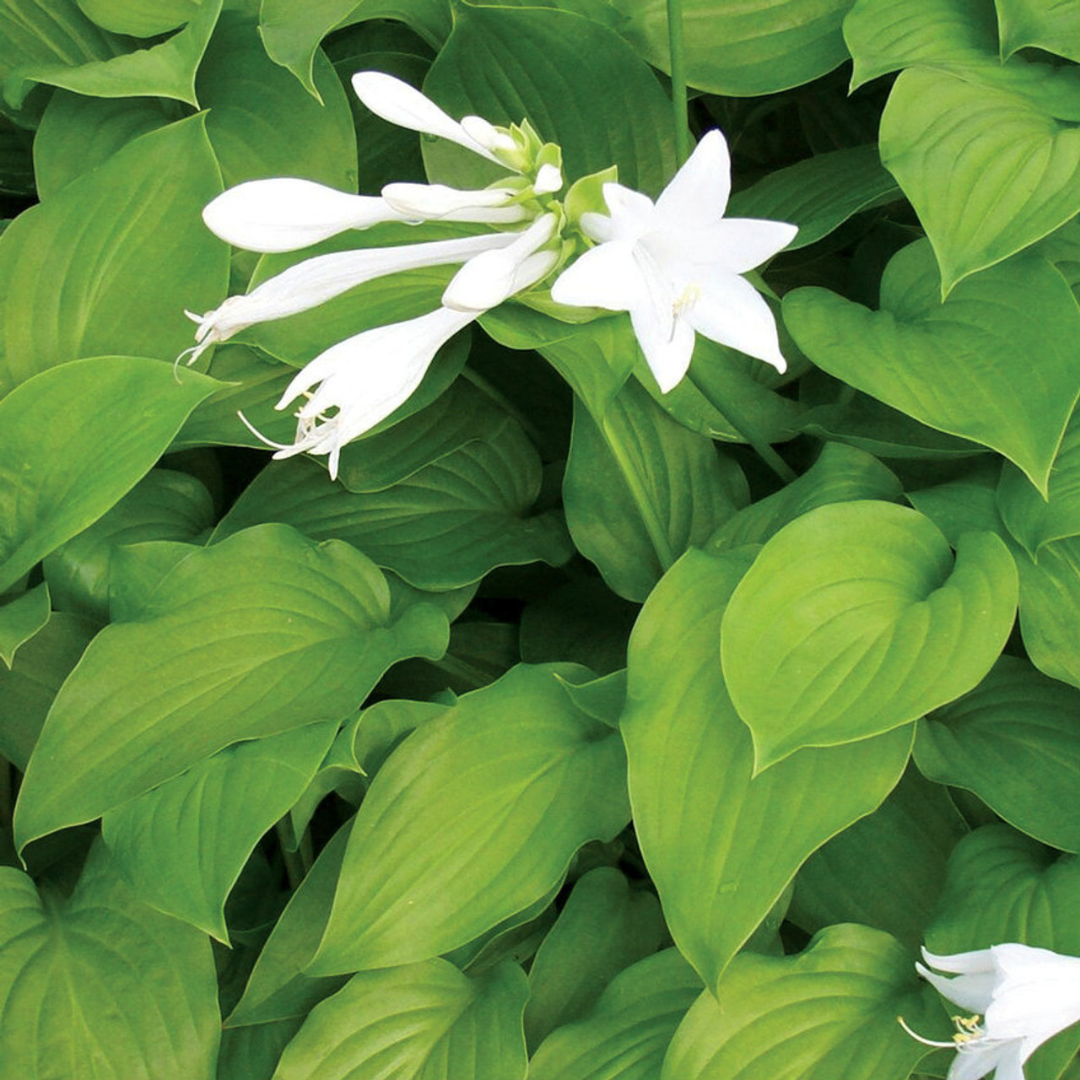
Hosta plantaginea
Add to Wishlist Partial Sun
Partial Sun
 Full Shade
Full Shade
 Pollinator Friendly
Pollinator Friendly
 Low Maintenance
Low Maintenance
- In stock, ready to ship
- Backordered, shipping soon
Hosta plantaginea: Fragrance and Grace in the Shade
Elegant and timeless, Hosta plantaginea is beloved not only for its large, glossy green leaves but also for its rare and intoxicatingly fragrant flowers. Broad, heart-shaped foliage forms a lush, symmetrical mound, setting the stage for tall, slender scapes that rise in late summer with luminous white trumpets. Unlike most hostas, these blooms open in the afternoon and release a rich, sweet scent that lingers into the evening—perfect for gardens enjoyed at twilight.
Plant Characteristics:
- Height: 40–50 cm (up to 70 cm in bloom)
- Spread: 60–90 cm, with a wide, vase-shaped habit
- Flower Colour: Pure white, trumpet-shaped, and fragrant
- Flowering Period: Late summer to early fall
- Foliage: Glossy, bright green, heart-shaped leaves with prominent veins
- Sunlight Requirements: Part shade to full shade; tolerates some morning sun
- Soil Requirements: Moist, well-drained, humus-rich soil; appreciates consistent moisture
Uses and Benefits: Hosta plantaginea is a superb choice for sensory gardens, shaded borders, and tranquil woodland settings. Its fragrant blooms and glossy foliage make it equally valuable for aesthetic and experiential plantings. It performs well in foundation beds, under trees, or along walkways where its late-season flowers and scent can be fully appreciated. Tolerant of heat and humidity, it adds elegance and resilience to shade plantings.
Companion Plants: Surround Hosta plantaginea with the lacy texture of Dryopteris 'Eastern Wood Fern', creating a soft green understorey. Pair with Heuchera 'Berry Timeless', whose silvery leaves and pink flowers offer contrast and echo the hosta’s bloom time. Add Carex 'Everglow' to introduce soft motion and year-round interest in dappled light.
Care Instructions: Grow in part to full shade with rich, evenly moist soil. Water during extended dry spells, especially in sun-exposed areas. Remove spent flower scapes to maintain a tidy look. Mulch annually to conserve moisture and suppress weeds. Divide clumps every 4–5 years in early spring or fall to rejuvenate growth and control size.
History: Native to southeastern China, Hosta plantaginea is unique among hostas for its fragrant flowers and late bloom time. Introduced to Western gardens in the 18th century, it has been widely used in hybridizing to introduce fragrance and floral size into modern hosta cultivars.
Final Thoughts: Refined and quietly radiant, Hosta plantaginea offers more than just good looks—it brings scent, serenity, and grace to every shaded corner it inhabits.


